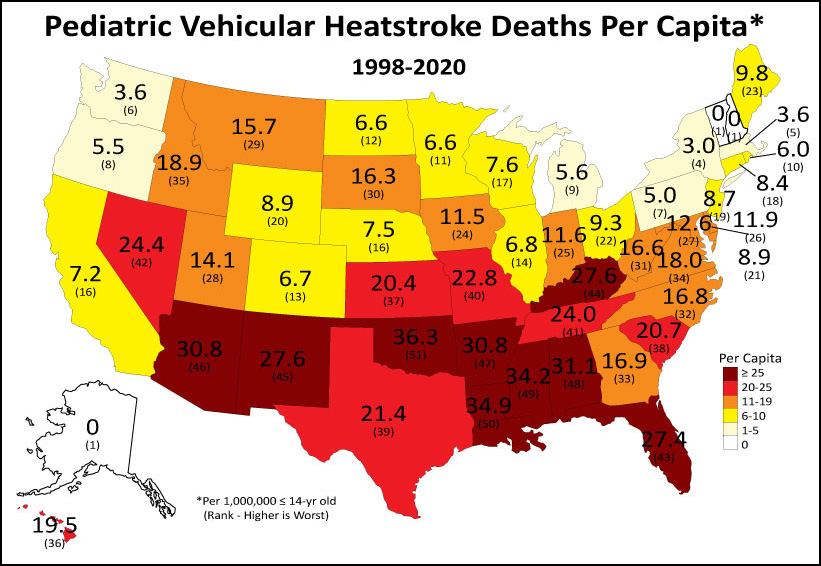
The American Southwest is known for its scorching summers, but when it comes to comparing the climates of Texas and California, which state truly reigns supreme in terms of heat? Both states experience intense summer temperatures, but subtle differences in geography and weather patterns create unique climatic experiences. This article delves into a comprehensive comparison of Texas and California’s climates, exploring average temperatures, seasonal variations, and the impact of coastal versus inland locations.
This exploration will analyze the factors influencing temperature fluctuations in both states, examining historical data and regional variations to provide a clear understanding of which state consistently boasts higher temperatures. We’ll also delve into the specific weather patterns that define each region, highlighting the diverse experiences within both Texas and California.
Texas vs California Climate Comparison
Texas and California are geographically vast states with diverse landscapes, leading to significant climatic variations within their borders. While both experience hot summers, Texas generally boasts higher average temperatures year-round due to its location further inland and its predominantly continental climate. California, on the other hand, benefits from the moderating influence of the Pacific Ocean, particularly along its coastal regions, resulting in milder winters compared to Texas.
Despite these general trends, it’s crucial to remember that both states experience extreme weather events. Texas is susceptible to hurricanes and tornadoes, while California faces wildfires and droughts. Understanding these regional variations is essential for accurately assessing which state experiences hotter conditions overall.
Average Temperatures in Texas and California

Analyzing average temperatures across both states reveals a clear trend favoring Texas. According to historical data, Texas boasts an average annual temperature of around 65 degrees Fahrenheit, while California’s average hovers slightly lower at approximately 62 degrees Fahrenheit. This difference is primarily attributed to Texas’s more inland location, which exposes it to greater solar radiation and less moderating influence from large bodies of water.
However, these averages mask significant regional variations within each state. Coastal California enjoys milder temperatures year-round, while inland areas experience hotter summers and colder winters. Similarly, eastern Texas experiences humid subtropical conditions with higher humidity levels, while western Texas features arid desert climates with lower humidity.
Summer Heat in Texas and California
Both Texas and California are notorious for their scorching summer heat, but the intensity varies significantly across regions. Texas consistently ranks among the hottest states during the summer months, with average temperatures often exceeding 90 degrees Fahrenheit throughout much of the state. Inland areas can experience even more extreme heat waves, pushing temperatures well above 100 degrees Fahrenheit.
California’s summers are also hot, but coastal regions benefit from cooler ocean breezes, mitigating the intensity of the heat. Inland valleys, however, can experience similar temperatures to Texas during peak summer months. The San Joaquin Valley, for example, is known for its extreme heat and often experiences some of the hottest temperatures in the state.
Coastal vs. Inland Climates

The proximity to the Pacific Ocean significantly influences California’s climate, particularly along its coastal regions. The cool ocean currents moderate temperatures, resulting in milder summers and winters compared to inland areas. Coastal cities like San Francisco and Los Angeles enjoy relatively comfortable summers with average highs in the 70s Fahrenheit, while inland cities like Sacramento and Fresno experience much hotter summers with average highs exceeding 90 degrees Fahrenheit.
Texas lacks a significant coastal influence along its entire length, resulting in more consistent temperatures across the state. While eastern Texas experiences humid subtropical conditions with higher humidity levels, western Texas features arid desert climates with lower humidity. Regardless of location, Texas generally experiences hotter temperatures year-round compared to California.
Weather Patterns in Texas
Texas’s vast size and diverse geography contribute to a wide range of weather patterns across the state. The eastern region experiences humid subtropical conditions characterized by hot, humid summers and mild winters. This area is prone to thunderstorms and occasional tornadoes during the spring and summer months.
Western Texas features arid desert climates with low humidity and extreme temperature fluctuations between day and night. This region is susceptible to droughts and occasional dust storms. Central Texas experiences a mix of both humid subtropical and semi-arid conditions, with hot summers and mild winters.
Conclusion
While both Texas and California experience scorching summers, is texas hotter than california? Based on average temperatures and historical data, Texas generally boasts higher average temperatures year-round due to its inland location and continental climate. California’s coastal regions benefit from the moderating influence of the Pacific Ocean, resulting in milder winters compared to Texas. However, both states experience extreme weather events and significant regional variations within their climates. Ultimately, determining which state is “hotter” depends on specific locations and timeframes.
